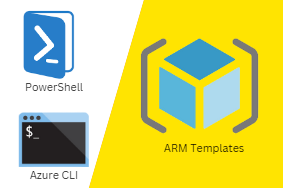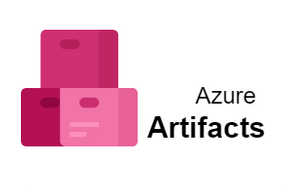Google Cloud Deployment Manager (DCM) is a multi-tenant service that enables you to configure and deploy resources from the Google Cloud Platform Console, from the command line, or from an API. If you’re already familiar with Google’s Cloud Deployment Manager, also known as Deployment Manager, this article describes some of the improvements we have made in DCM since it was initially launched in early 2017.
What Is Google Cloud Deployment Manager?
Google Cloud Platform has made its way into many IT departments, but deploying resources can still be a challenge. This is where Google’s new cloud deployment manager tool comes in handy. The Deployment Manager provides a simple interface for users to launch and manage their cloud resources, including Compute Engine virtual machines (VMs), persistent disks, static IPs and custom VPC networks. Furthermore, deployment of on-premises workloads to GCP VMs is also possible. To get started with Google’s deployment manager, go here . But first let’s take a closer look at what it can do and what sets it apart from other cloud providers’ offerings.
How Does it Work?
Deployment manager makes use of a template called a configuration file. It is meant to hold all of your settings related to deployment. Each time you deploy, all of your config will be checked against what’s in that configuration file and if they do not match an error will occur and nothing will be deployed. No need to memorize a bunch of settings since they are already stored for you. If you have multiple cloud project instances and would like different sets of settings applied to each one, simply create separate configuration files (and potentially sections within them) with different sets of settings and make sure they are listed in order from most specific to least specific when you begin your deployment. This allows them to cascade down until it finds a section/setting that matches or there are no more left.
When Can You Use Google Cloud Deployment Manager?
At first glance, it might seem like you’d only use Cloud Deployment Manager if you were planning on deploying to GCP. But, in reality, there are many other use cases for CDM: For example, how about when you want to leverage Kubernetes? In that case, you’ll want to configure Kubernetes itself first. Google provides a tool called kubeadm for doing just that. If we take a closer look at kubeadm and its documentation (for example here), we see that it requires an initial set of values before proceeding with configuration.



0 Comments